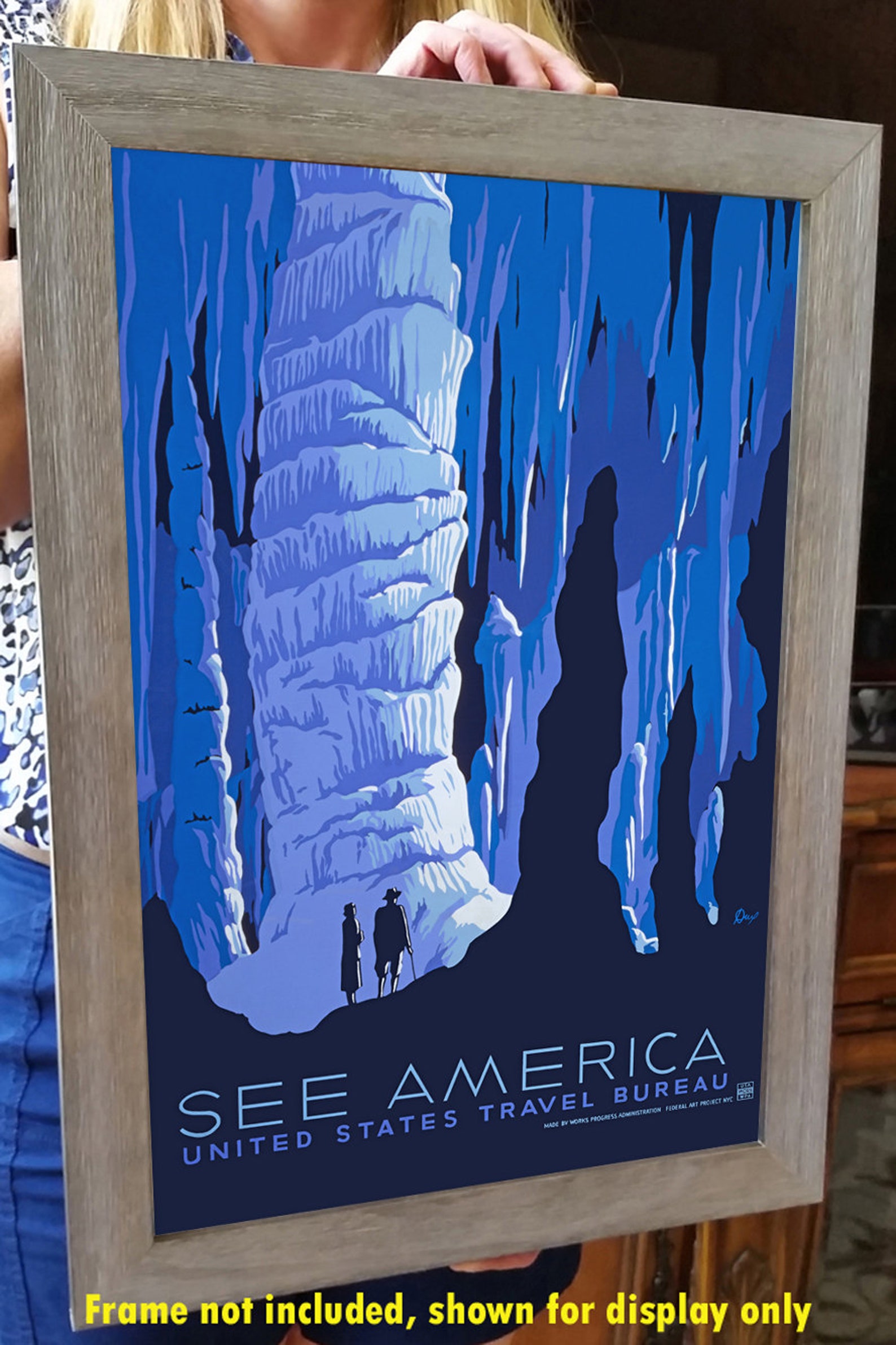
And it was a major part, along with the National Labor Relations Act and Social Security Acts of 1935, of what historians call the “second New Deal.” More accurately, these policies and others which would be developed over the next three years might be called the “Left New Deal” or, as W. Its initial budget was in real dollars the largest peacetime appropriation in American history, nearly 7% of the 1935 GDP. In its eight years of existence the WPA would employ over 8 million working people, most of whom were unskilled and semi-skilled men, the great majority with families. In this article I will attempt to make those connections. The absence of such a left and especially a strong and growing Communist Party or its equivalent acting as its vanguard was a central reason the Obama administration failed to implement a new New Deal. Without understanding both the mass upsurge of working people in the period, the creation of what became a center-left coalition at the grassroots in organizing, educating, and coordinating the struggles of the coalition, the establishment of the WPA and agencies like the NLRB, the Farm Security Administration, and programs like minimum wages and the food stamp plan can’t really be understood. Instead he saw leaders, Franklin Roosevelt and Harry Hopkins particularly, as playing the decisive role in the development of the WPA and other social legislation. Stilled trapped in cold war anti-Communist ideology, he portrayed CPUSA activists (whom he called “Stalinists” in traditional anti-Communist language) and their left opponents (“Trotskyists”) as engaged in ideological wars with each other, writing in pamphlets and their press about policy but not having any serious impact on the development of the New Deal’s social policies.

Taylor’s work had one enormous hole, which this article will hopefully fill. What came to be called the “3 Rs” in the depression - relief, recovery, and reform - are needed again today. and global crisis since the Great Depression and World War II. But it can and must happen if we are to overcome the greatest U.S.


It didn’t happen for many reasons, as today we fight against the most reactionary and corrupt president and administration in history. Taylor doubted that a policy on the level of the WPA (Works Progress Administration) was possible in the America of 2008, but then history in the form of the stock market crash, foreclosure crisis, and victory of Barack Obama intervened to lead many see a “new New Deal” - what Obama called “change we can believe” - possible after nearly three decades of Reagan-Clinton-Bush policies away from the old New Deal. They fought floods and hurricanes and forest fires with bravery. They turned toys that were rich children’s discards into poor children’s treasures. They clothed the threadbare, fed the hungry, taught the illiterate, inoculated the vulnerable. They created works that even without restoration have lasted for more than seventy years, art that is admired, research that is relied upon, infrastructure that endures.

His conclusions remain relevant today:įranklin Roosevelt and Harry Hopkins believed that people given a job to do would do it well, and the fact that their paychecks were issued by the government would not make a whit of difference. In 2008, Nick Taylor wrote a fine narrative history, American Made: The Enduring History of the WPA: When FDR put the Nation to Work (2008).


 0 kommentar(er)
0 kommentar(er)
